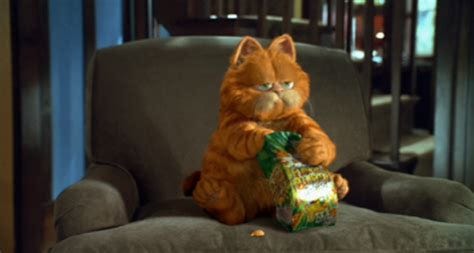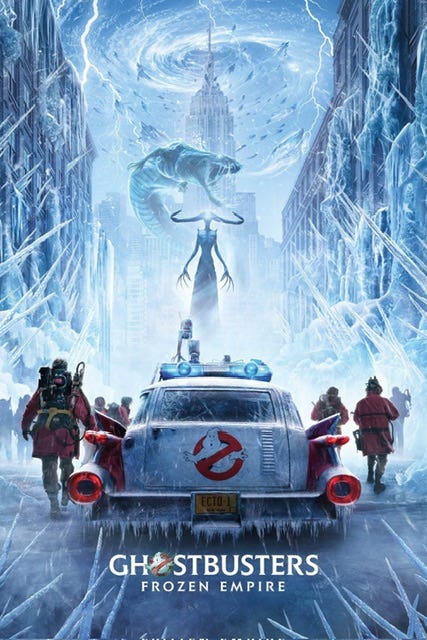Movies: Bad Boys: Ride or Die
Another Sony black action comedy from Martin Lawrence and Will Smith
With 10 producers, two writers and two directors—Adil & Bilall, whom I know nothing about, have never heard of and whose billing evokes a publishing or legal firm—Bad Boys: Ride or Die wasn’t likely to be a great film. It isn’t. The newest sequel to the Martin Lawrence/Will Smith action comedy picture series entertains.
The Miami-themed, drug cartel and corruption plot unfolds fast and without clarity. It’s frantic, like most modern movies, with whooshing sounds like a TV police procedural with extreme closeups, speedups and slowdowns. Computer generated imaging abounds. The comedy gets in the backseat of the fast, dizzying ride. It’s over the top, from an opening Porsche sequence to twin air crash scenes. As a detective, Lawrence, who plays too broad as usual, is the film’s comic relief. Smith plays it straight, so to speak, as his partner, reacting to Lawrence’s barbed, predictable jokes.
As a duo, they’re seasoned, older, married and more settled and emotionally driven than in the past. At a crucial moment, after a convoluted setup with a drug cartel framing their late police captain boss, the bad boys’ reactivate their badness and it’s as thrilling as flat soda. Most of the action that excites comes from shootups, car chases and a preposterous helicopter segment. Other than that, too many characters, subplots and stretches of credulity—no one wears a helmet despite multiple paramilitary raids—keep this light, silly and frivolous.
At least Smith, who assaulted comedian and Academy Awards host Chris Rock (and whom I’ve also defended during a gay sex scandal) and who compounded his unpunished error with equivocation, shows his acting ability. Smith’s character, in what may be an attempt at post-Oscars damage control, goes soft in an interesting, if fleeting, way. Lawrence plays his character’s sense of invincibility after a brush with death to humorous effect. Both characters have sons that, reflecting the generational split, are emotionally harder and more avoidant and detached than their dads.
Most of the villains are white men, most of the good guys are black—or female, of course—and, even an albino alligator supports Bad Boys: Ride or Die’s subtext about nefarious whitey. The best scene—the only line that warranted a round of applause at the Century City press screening—happens when a single, lone individual chooses to exercise his Constitutional right to keep and bear arms and use a privately owned gun to defend his life, family and property. This conflict scene alone sets the movie apart from Hollywood’s leftist doctrine.
Related Links and Articles
Open Letter to Will Smith
Dear Will Smith, Whatever the truth of your motives, claims and personal life, please know that your life is your own, and you own every moment of it. This week’s breach of your privacy disgusts me. Sex, according to my philosophy, can and ought to be the highest expression of romantic love between consenting adults. Nothing and no one can destroy true l…
Movies: The Garfield Movie
With three screenwriters, Sony’s Garfield Movie lacks cohesion. It’s a mixed bag. Cutesy cat and pet cliches are woven and integrated—also playfully changed—as the Monday-hating, lasagna-loving indoor cat comic strip character (created by Jim Davis and neatly if uncurmudgeonly voiced here by Chris Pratt) is kidnapped by a villainess that rips off the se…
Movies: Ghostbusters: Frozen Empire
Ghostbusters: Frozen Empire darkens the franchise, which started in 1984 with the late Ivan Reitman’s original comedy. For context, I never saw Hollywood’s post-Me, Too era, all-female version or the 2021 film, I enjoyed Reitman’s movie, probably on home video, and I watched the first sequel,








I'll add this one to my long list of no-see-ums.